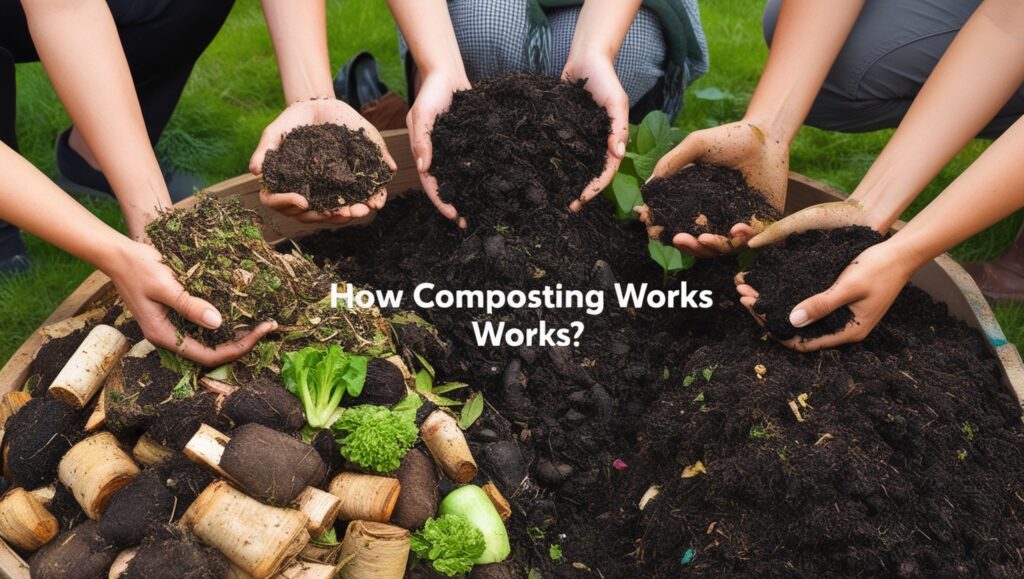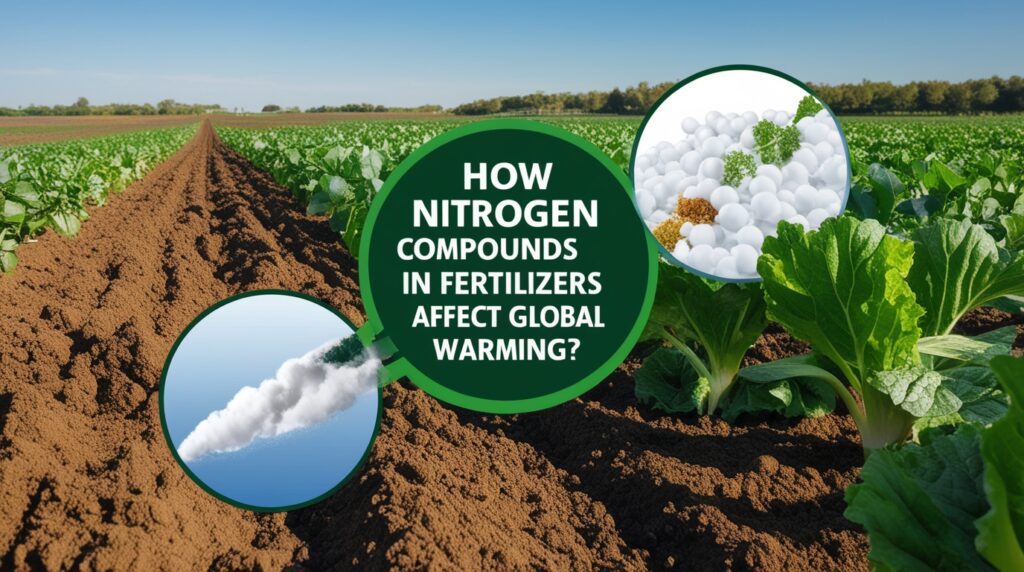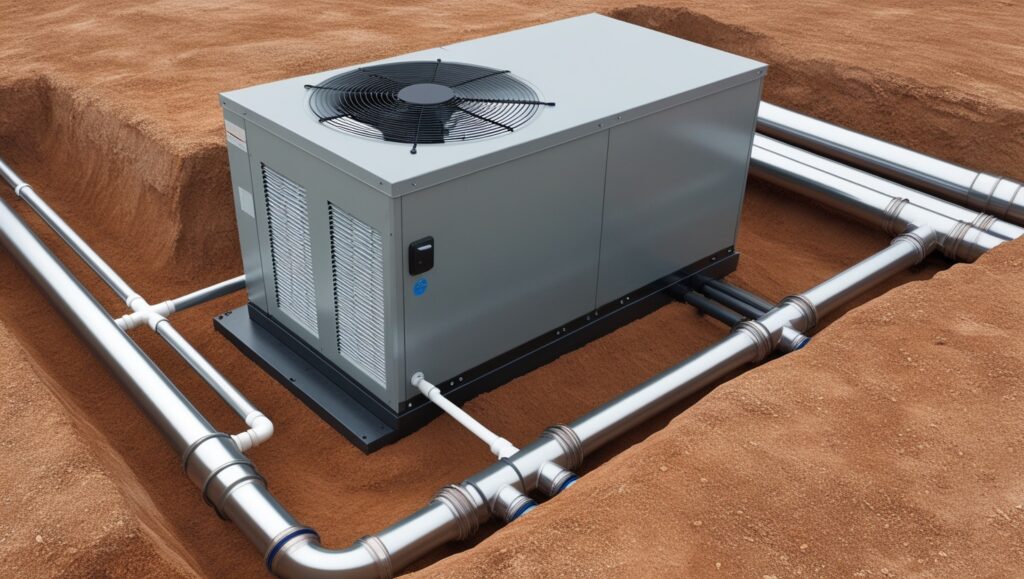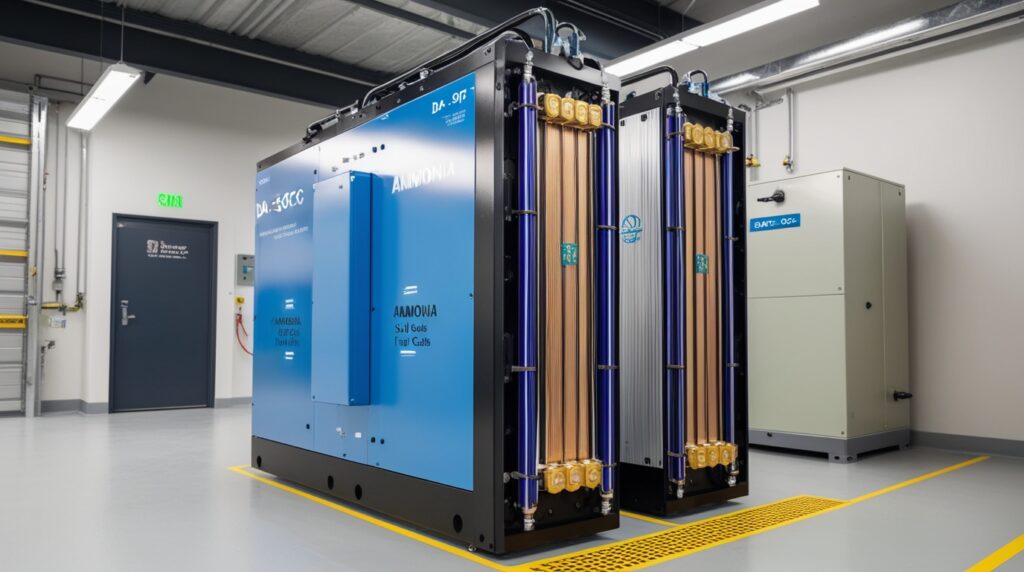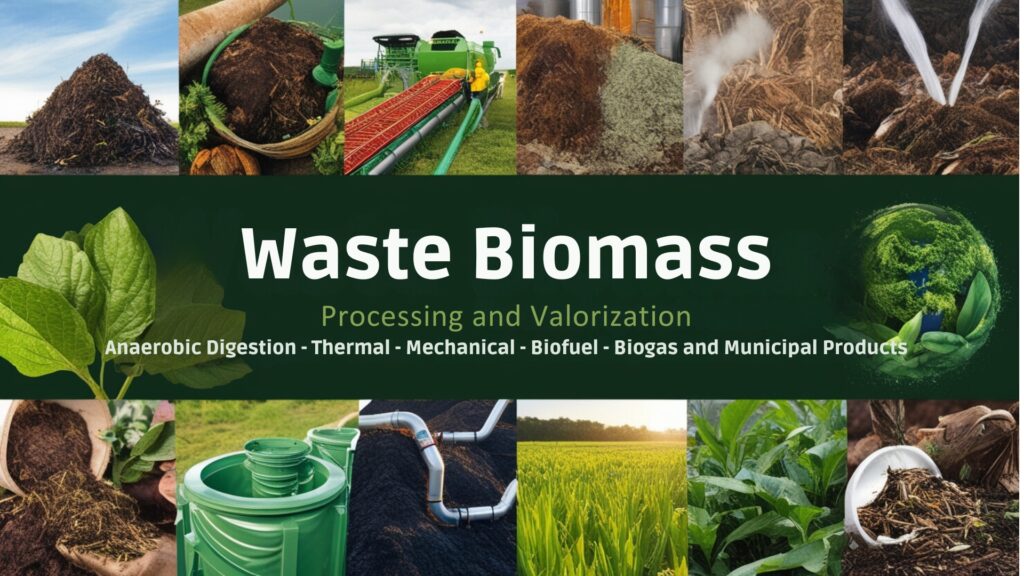
Introduction
Waste Biomass: Processing and Valorization Waste biomass refers to organic materials that are by-products or residuals from various sectors, including agriculture, forestry, and municipal activities. As global concerns regarding waste management and energy sustainability rise, the valorization of waste biomass has gained prominence, positioning it as a critical component in the development of renewable energy and sustainable practices. By converting waste biomass into valuable resources such as biofuels, biogas, and bio-based products, stakeholders can enhance resource efficiency while mitigating environmental impacts, thereby contributing to a circular economy.
The processing and valorization of waste biomass encompass a range of techniques, including biological, thermal, mechanical, and combined methods, aimed at maximizing energy yields and minimizing waste. Key processes such as anaerobic digestion and consolidated bioprocessing have emerged as effective means for converting organic waste into biogas and biofuels. However, challenges remain, such as high energy requirements for pretreatment and fluctuating regulatory frameworks that may hinder investment in biorefineries and biomass processing technologies. Notably, the valorization of waste biomass intersects with significant environmental considerations, including greenhouse gas emissions, water resource management, and soil health.
Sustainable practices, such as returning organic matter to the soil and optimizing the use of agricultural residues, can enhance ecosystem resilience and biodiversity while reducing overall carbon footprints. Despite its potential, the sector faces ongoing debates about the trade-offs between food production and bioenergy crop cultivation, raising questions about land use and resource allocation. As the global community strives for sustainable solutions to energy and waste management, the valorization of waste biomass presents both opportunities and challenges that necessitate further research, technological innovation, and community engagement. The integration of socio-economic dimensions and environmental considerations will be essential for advancing biomass processing and ensuring its long-term viability within the bioeconomy framework.
Types of Waste Biomass
Waste biomass can be classified into several categories based on its source and composition. These categories primarily include agricultural residues, forestry residues, animal waste, municipal solid waste, and dedicated biomass crops.
Agricultural Residues
Agricultural waste is a significant source of biomass and encompasses by-products generated during the cultivation and processing of crops. Common types of agricultural residues include rice straw, wheat straw, corn stover, and sugarcane bagasse. These materials can be utilized for energy production, contributing to sustainable biomass systems. In developing countries, there is a tendency for farmers to burn crop residues, which not only wastes energy but also contributes to air pollution.
Forestry Residues
Forestry residues are derived from the logging and processing of timber. This category includes materials such as sawdust, wood chips, tree branches, and leaves. According to the Food and Agriculture Organization (FAO), forest resources are primarily considered from material diameters equal to or greater than 10 cm. The retention of certain forest biomass, such as tops and branches, can also help mitigate environmental impacts while improving soil productivity and habitat quality.
Animal Waste
Animal waste, including manure from livestock, represents another significant type of biomass. Dairy manure, for instance, can be collected, processed, and utilized in biomass plants to generate heat and electricity.. The contribution of the dairy industry to biomass resources is substantial, as both solid and liquid wastes can be converted into energy.
Municipal Solid Waste
Municipal solid waste (MSW) encompasses various types of waste generated from urban and rural areas, including household, medical, and industrial waste. Effective segregation of this waste is crucial for its conversion into energy through thermal, chemical, or biochemical processes. This approach is aligned with the principles of a circular economy, promoting sustainable use of materials.
Dedicated Biomass Crops
Certain crops are specifically cultivated for their biomass potential, such as corn varieties for ethanol production and soybeans for biodiesel. These dedicated biomass crops are chosen for their high energy yields and efficiency in converting sunlight into biomass, which can subsequently be utilized for electricity generation and fuel production. By understanding the different types of waste biomass, stakeholders can optimize their use for energy production while addressing environmental sustainability and resource management challenges.
Processing Methods
Processing methods for waste biomass involve various techniques aimed at enhancing the efficiency and yield of biofuel production and other bio-based products. These methods can be categorized into biological, thermal, mechanical, and combined approaches.
Biological Methods
Consolidated bioprocessing (CBP) is a significant biological method that integrates enzyme production, hydrolysis, and fermentation in a single vessel. It typically requires some prior pretreatment to be effective. The most commonly used microorganism for CBP is Clostridium thermocellum, which is effective for ethanol production. A study by Kothari et al. demonstrated that C. thermocellum could effectively digest cellulose substrates without any prior pretreatment, showcasing its robustness in various raw materials processing.
Thermal Pretreatment
Thermal pretreatment involves exposing biomass to elevated temperatures to facilitate its breakdown. This method is often subdivided into temperature-induced thermal pretreatment, which operates within a range of 70 °C to 275 °C. It enhances the hydrolysis of feedstocks, resulting in increased biomethane yields from materials like food waste, municipal solid waste, and agricultural byproducts. However, temperatures exceeding 250 °C should be avoided to prevent unwanted pyrolysis reactions.
Mechanical Methods
Mechanical pretreatment encompasses a range of operations, including milling and grinding, aimed at increasing the contact surface area of biomass. This increase in surface area enhances interaction with microbial communities, leading to improved biomethane yields. Effective mechanical processes can result in up to a 40% improvement in yield. Various milling techniques, such as attrition and ball milling, are employed to achieve the necessary reduction in particle size.
Combined Techniques
Combining different pretreatment methods can lead to better fractionation of biomass. For instance, a sequential approach involving acid treatment for hemicellulose extraction, followed by an organosolv step for lignin and cellulose recovery, can optimize the yield of valuable compounds. However, the integration of multiple methods can increase costs, making it critical to select compatible techniques to avoid complexity in process design.
Techno-Economic Analysis
The evaluation of pretreatment processes through techno-economic analysis provides insights into capital and operational costs. Established methods like dilute-acid pretreatment have been subjected to rigorous analysis, while emerging techniques require case-by-case assessments due to limited data. These analyses are essential for optimizing biomass processing and ensuring sustainable practices in biofuel production. By employing these diverse processing methods, waste biomass can be effectively transformed into valuable resources, contributing to a more sustainable future.
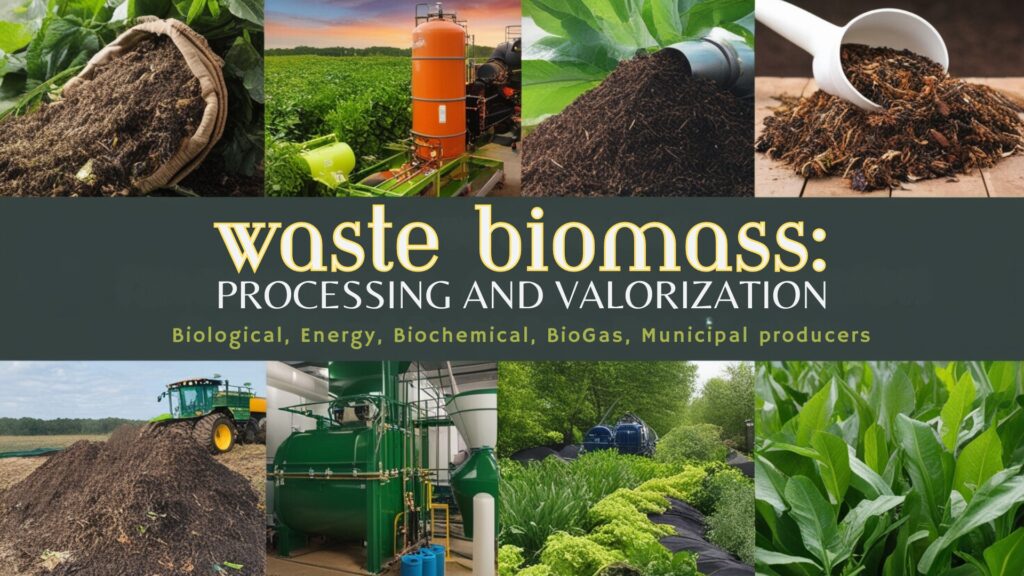
Valorization Techniques
Overview of Valorization
Valorization techniques for waste biomass are essential for converting organic waste into valuable resources, such as energy, fertilizers, and chemicals. These processes not only contribute to waste management but also align with local energy transition policies and enhance sustainability.
Anaerobic Digestion
Anaerobic digestion (AD) is a primary valorization method that converts organic matter into biogas through microbial processes in the absence of oxygen. In the Eva-Lanxmeer project, an innovative ex situ anaerobic digestion system was developed, which integrates several processes to optimize biogas production. This system includes sedimentation of black water and shredding of green waste, which are then combined with food waste in a storage tank. The process uses increased pH levels instead of traditional thermal or ultrasonic treatments, allowing for more cost-effective pre-acidification of the waste mixture, thereby enhancing volatile fatty acid (VFA) production and the availability of substrates.
Community Involvement and Social Dimensions
The social acceptance of valorization processes is crucial for their success. Inhabitants’ engagement in projects, like the Brest composting initiative, has shown that community participation leads to better integration and longevity of such processes. The participation of local residents in urban farming and the governance of their neighborhoods in the Netherlands exemplifies how social dimensions can enhance the efficacy of waste valorization projects.
Biogas Purification and Upgrading
The quality of biogas is improved through purification technologies that remove undesirable components such as carbon dioxide and hydrogen sulfide. These contaminants reduce the calorific value of biogas and can lead to operational challenges. A range of systematic intensification strategies are utilized to enhance biogas production, including thermal and chemical pretreatment methods that reduce feedstock particle size and increase the solubility of chemical oxygen demand (COD). The combination of thermal treatments with chemicals has proven to significantly boost biogas output.
Alternative Feedstocks
Valorization techniques also include the conversion of various biomass residues, such as agricultural and forestry waste, into biofuels. Unlike first-generation biofuels derived from edible crops, second-generation biofuels are produced from lignocellulosic materials and waste, providing a promising solution for both energy production and waste management. Techniques such as hydrolysis—either acid-based or enzymatic—are employed to break down complex polysaccharides into fermentable sugars, a critical step for biofuel production.
Environmental Impact
Overview of Agricultural Waste Biomass
The agricultural and construction sectors significantly impact the environment, primarily through resource depletion and waste generation. A critical issue is the inadequate management of waste, which necessitates the valorization of Agricultural Waste Biomass (AWB) as a sustainable approach to improve production systems. Recent research has highlighted the environmental benefits of utilizing AWBs in the construction sector, emphasizing improvements in air, soil, and water resources. Approximately 60% of studies reviewed indicate a positive environmental contribution from AWBs, which includes the reduction of carbon dioxide emissions and the overall mitigation of global warming.
Water Resource Implications
The production of bioenergy crops from AWB can also affect water quantity and quality. For instance, first-generation biofuels like corn ethanol demand significant water resources, often leading to regional water stress. A typical corn-ethanol plant is estimated to consume as much water as a community of 5,000 people, illustrating the substantial water footprint associated with bioenergy crop cultivation. Conversely, the cultivation of perennial bioenergy crops, such as switchgrass, has the potential to improve watershed hydrology and water quality while reducing water consumption compared to annual crops.
Soil Erosion and Biodiversity
The management of AWBs plays a crucial role in soil health. Harvesting crop residues can increase soil erosion risks by exposing the soil to wind and water erosion forces. However, appropriate management techniques, such as returning organic matter to the soil, can mitigate these risks and enhance soil health. Additionally, land use changes associated with bioenergy crop cultivation can either exacerbate or alleviate erosion. For example, transitioning from annual crops to perennial grasses may improve soil and water retention due to the structural benefits of perennial root systems.
Biodiversity is another critical aspect affected by bioenergy production. The conversion of land for bioenergy can either negatively impact or benefit local ecosystems, depending on the initial land use and the types of crops planted. The cultivation of perennial crops tends to provide more stable habitats for wildlife compared to annual crops, supporting biodiversity.
Greenhouse Gas Emissions
Reducing greenhouse gas (GHG) emissions is a central objective in the valorization of AWB. While CO2 and N2O emissions from agriculture are significant contributors to global warming, studies have shown that the use of biomass from marginal lands can lead to substantial reductions in overall GHG emissions. For example, the maximum potential production of switchgrass on marginal lands could reduce emissions by up to 29 million tons of CO2 equivalent per year. Moreover, utilizing biofuels instead of fossil fuels can decrease GHG emissions by 40–85% on a per-megajoule energy basis, depending on the feedstock.
Economic Aspects
The economic implications of utilizing waste biomass (AWB) in various sectors, particularly agriculture and construction, have been widely studied. Research indicates that the manufacture of bio-based products from AWB can be cost-effective, making them viable competitors in the market. This economic feasibility is largely attributed to the reduction of production costs, as well as savings in transportation and energy consumption when local AWB is used. The integration of local resources minimizes pre-treatment costs and enhances the socio-economic viability of these bio-based products.
In recent years, the European Union has supported synergies between research programs focused on biowaste conversion and biomass production, prioritizing bio-based alternatives through initiatives like the Horizon 2020 programme. This framework serves as a primary funding source for projects that aim to improve sustainability in construction, thus reinforcing the economic benefits of the bio-based construction sector in the context of the European circular economy. Despite the positive findings, there are also significant challenges associated with scaling up operations in the biorefinery sector.
For example, transitioning from small-scale to full-scale biorefineries requires substantial capital investment and is often hampered by unstable regulatory environments regarding biofuels and biochemicals. The perceived low return on investment can deter potential financiers, complicating the economic landscape for large-scale bio-based production. Moreover, the diverse types of raw materials used in biorefineries introduce complexities that need to be addressed through techno-economic analyses, which assess both technical and economic hurdles critical for successful production.
Case Studies
Overview of Agricultural Waste Biomass Valorization
The valorization of Agricultural Waste Biomass (AWB) has emerged as a critical strategy for enhancing sustainability in the construction sector. Various case studies illustrate the successful implementation of AWB in the development of bio-based products, showcasing both innovative processes and community engagement.
Notable Projects
Horizon 2020 Projects
A significant number of projects related to AWB valorization have been funded under the Horizon 2020 framework. Among these, 67% were financed through this EU initiative, highlighting its role in advancing research and innovation in this area. For instance, a project dating back to 1994 focused on utilizing straw and husks to produce mineral binders, marking one of the earliest efforts in this field. Another project conducted between 2004 and 2007 explored the production of composites for structural components from rice straw, illustrating the potential of biomass to serve as a viable construction material.
Eva-Lanxmeer District
The Eva-Lanxmeer district in the Netherlands stands out as a model for social participation in valorization processes. Inhabitants were actively involved in both the governance of their neighborhood and urban farming initiatives. This community-centric approach not only enhanced local engagement but also supported the sustainability of the projects undertaken. Despite challenges faced in maintaining the anaerobic digestion process, the initial engagement of urban and rural stakeholders fostered a cooperative environment conducive to successful waste valorization.
Brest Case Study
Another compelling example is the composting initiative in Brest, which utilized several small, in situ composting units. This project emphasized community involvement, as schools and local associations participated actively, leading to enhanced public acceptance and the longevity of the composting process. The established policies that encouraged such participation were crucial in maintaining strong community ties and ensuring the project’s success.
Implications for Future Research
These case studies highlight the necessity for further exploration into optimizing AWB valorization techniques. A focus on integrating these methods into large-scale operations while considering economic and environmental impacts is vital for the future of biogas production. Moreover, understanding the factors influencing community involvement and public perception will be essential for fostering acceptance and collaboration in such projects.
Challenges and Limitations
Storage and Pretreatment Issues
Storage and pretreatment units face significant challenges, particularly in urban areas where they must be closely monitored to prevent nuisances to local residents. For example, an in situ project in Montpellier encountered issues such as vermin and unpleasant odors due to construction defects and complex implementation contexts, necessitating substantial investments in biofilters to mitigate these problems. To optimize performance and minimize disturbances, it is recommended that future in situ projects focus on reducing unit size and enhancing feedstock quality control while considering the integration of low energy-consuming processes.
Energy and Cost Constraints
Despite the effectiveness of both physical and chemical pretreatment techniques, they are often limited by high energy requirements and associated costs. This presents a significant barrier to the widespread adoption of biomass processing technologies. The logistics of biomass supply chains also contribute to these challenges; transporting low-density materials and maintaining continuous operations are crucial for economic viability but can be cost-prohibitive. Feedstock handling may account for as much as 40-60% of the total production costs in biorefineries, further complicating the scalability of these operations.
Sustainability and Regulatory Considerations
The sustainability of biomass projects is increasingly scrutinized under evolving regulatory frameworks, such as the European Union’s Renewable Energy Directive. These guidelines emphasize the conservation of carbon stocks and the importance of integrating environmental sustainability into biomass management strategies. However, the lack of stability in laws governing biofuels and biochemicals creates uncertainty for investors, thereby impeding long-term capital investment in the sector. Consequently, the development of comprehensive sustainability guidelines that encompass both environmental and social dimensions is critical for the future success of biomass valorization efforts.
Integration with Urban Agriculture
The rise of urban agriculture projects adds another layer of complexity, as they generate additional organic waste that needs to be effectively processed. The challenges associated with the integration of these waste streams into existing biomass processing frameworks must be addressed to enhance the circularity and sustainability of urban food systems.
Multi-Criteria Analysis
To overcome these challenges, a multi-criteria and systemic approach, such as life cycle assessment (LCA), is essential during the preliminary stages of project development. This methodology can help stakeholders evaluate the long-term sustainability of various biomass processing options, ensuring that they align with both economic viability and environmental stewardship.
Future Trends
Current Challenges and Prospects
The valorization of waste biomass (AWB) is increasingly recognized as a crucial component of sustainable development strategies in Europe, particularly through the integration of the bioeconomy and circular economy frameworks. Despite significant advances, the practical application of bio-based products on an industrial scale remains limited compared to scientific developments in the field. The European Union has designated the bioeconomy as a strategic focus for research and innovation from 2021 to 2024, presenting opportunities to bolster the bio-based construction sector, especially through projects that enhance the market share of bio-based products.
Increased Research Activity
Recent years have seen a substantial uptick in scientific research related to the use of AWB in concrete, with 74% of studies published between 2017 and 2021. This rise correlates with the heightened relevance of sustainable development policies following the adoption of the 2030 Agenda. The convergence of the Sustainable Development Goals (SDGs) with strategies surrounding the circular economy and bioeconomy has played a pivotal role in this increased scholarly output.
Project Synergies and Funding
The Horizon 2020 programme (2014–2020) has been instrumental in funding initiatives focused on bio-based alternatives, particularly in addressing societal challenges related to sustainable agriculture and the bioeconomy. Approximately 67% of related projects were implemented between 2016 and 2021, underscoring the EU’s commitment to fostering synergies between European and Indian research endeavors in biowaste conversion and biomass production.
Future Directions
To overcome existing limitations in the industrial-scale application of bio-based products, it is imperative for new governmental strategies to be developed. These strategies should focus on enhancing the entire lifecycle of bio-based products, from production to market launch. This includes investigating storage and pretreatment processes for in situ projects, aimed at improving performance and reducing nuisances associated with waste management. Additionally, employing multi-criteria and systemic studies, such as Life Cycle Assessment (LCA) methods during the pre-study stage, is vital for ensuring the long-term sustainability of urban agriculture and waste valorization projects.
